Common Name(s): Yarran
Scientific Name: Acacia homalophylla
Distribution: Australia
Average Dried Weight: 79.6 lbs/ft3 (1,275 kg/m3)
Janka Hardness: 4,470 lbf (19,870 N)*
*Estimated hardness based on specific gravity
Comments: The species name is sometimes spelled without the “h”—i.e., omalophylla. Yarran is a small tree yielding very dense, dark brown timber. The wood was used by aboriginals to make spears, clubs, boomerangs, and other primitive weapons.
Note: This is a truncated profile page. If you have any helpful info or experience with this wood species, feel free to leave a comment below and I’ll do my best to integrate any relevant data when I expand the page. ~Eric
Images: Drag the slider up/down to toggle between raw and finished wood.
Identification: See the article on Hardwood Anatomy for definitions of endgrain features.
Related Content:

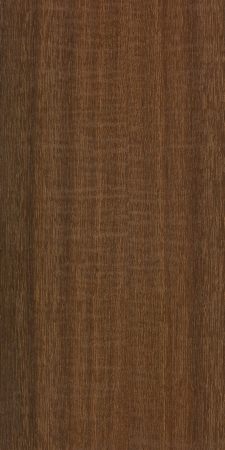
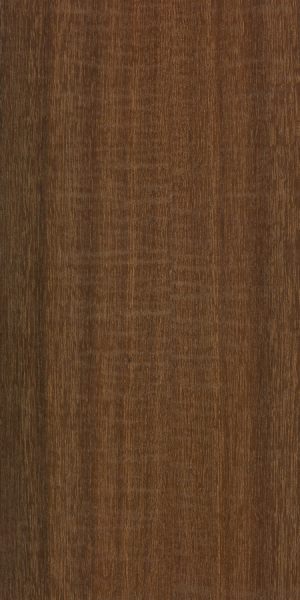
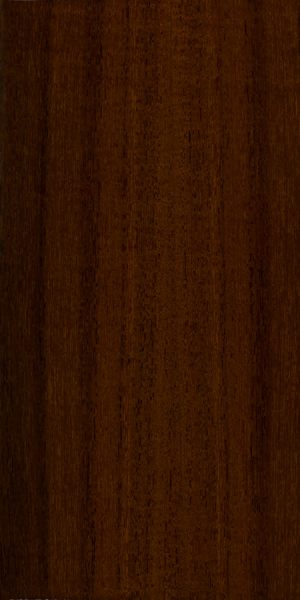
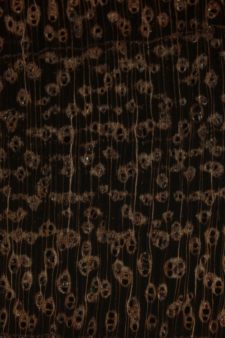

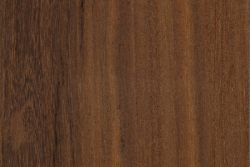
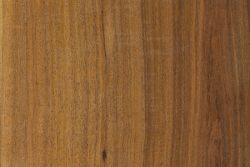
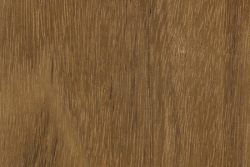
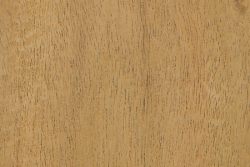
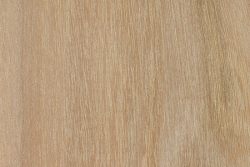
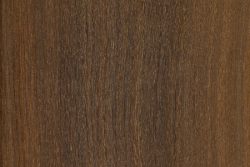
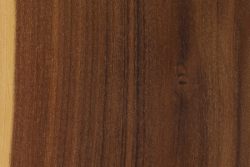
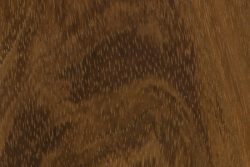
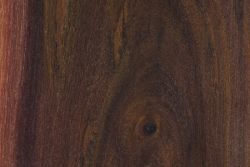
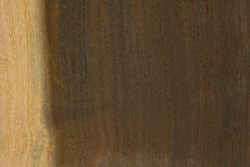
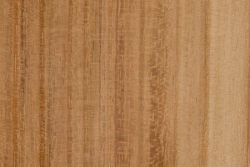
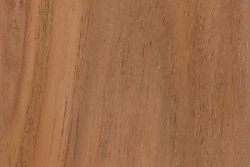
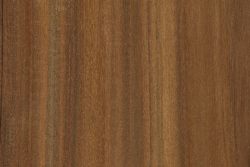
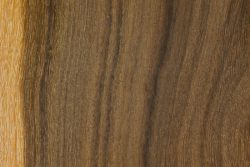
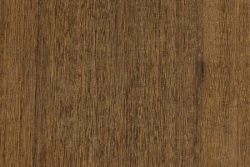
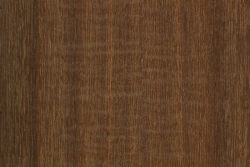
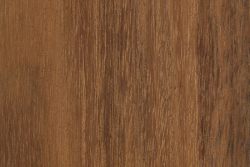
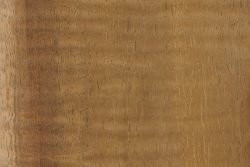
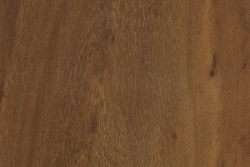
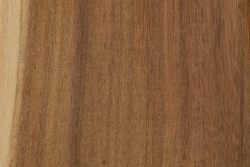
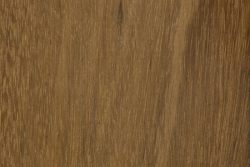
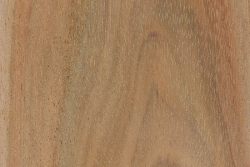
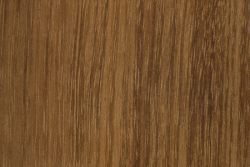
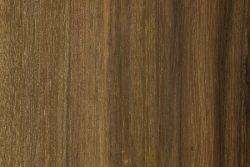
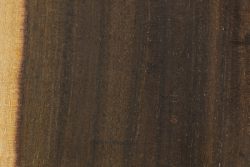
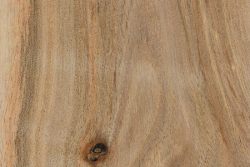
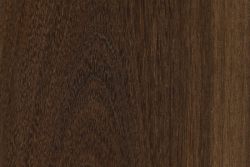
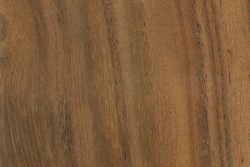
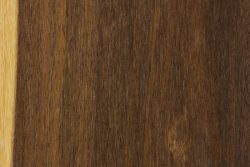
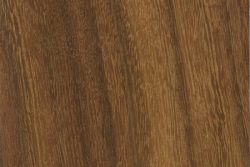






Patches of Low open forest exist in central NSW.Branches are slim>less than 200mm.It creates a unique habitat with sparse grass understory and is favoured by particular animals,especially Curlews,whose evenig calls echo eerily.location was ‘Collie Station’.
In the Chinchilla ,Queensland area they are recorded. Yarran (I presume an Aboriginal Name) is also the common name for Acacia melvillei. Both species grow here. I have a lot of what I presume is Melvillei on my property & it is useful for drought fodder for cattle & also is a similar quality firewood as Brigalow which grows together with it. The soil type is clay & reasonably salty.